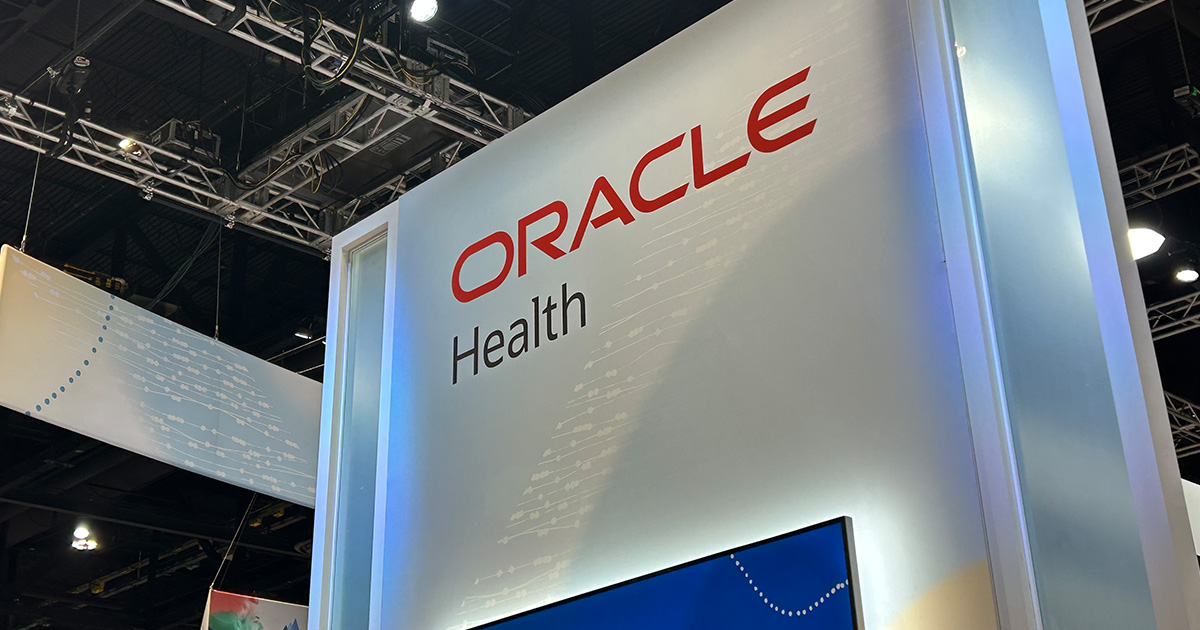Capsule Tech, a Qualcomm Life Company, will showcase its new Vitals Plus patient monitoring system for the first time at HIMSS16 and unveil Version 8.0 system upgrades designed to ease and enhance medical device information management.
SmartLinx 8.0 is the product suite of hardware and software used to monitor patients in the inpatient setting. The company’s Neuron product is a central piece of hardware that sits at the bedside; Vitals Plus software runs on the Neuron that links to all the connected patient sensors. Capsule Tech said there are a few main parts of the 8.0 upgrade.
“First is the touchscreen user interface itself,” said Kevin Phillips, vice president of product management at Capsule Tech. “Instead of fitting the Neuron on top of vital signs monitors, now we have integrated it directly into the end medical grade sensors themselves. We’ve disaggregated the monitor into its fundamental components and then integrated the components directly into the Neuron. Hospitals no longer need a separate box to do these varied monitoring things; now, they can do them directly on the Neuron, which is designed for the harsh wear and tear of clinical encounters.”
Another system upgrade is tap-and-go rapid user authentication.
“In emergency department triage, for example, where clinician users see many multiple patients, time and time again they have to log-in and take vitals and log out and then go to the next patient,” Phillips said. “Now they just wave their badge over the Neuron and are logged into the system. It might be only 10-20 seconds to log-in, but when you multiply that by the 40-100 times a clinician will log-in over the course of a day, it adds up.”
Additionally, Version 8.0 of SmartLinx gives the Neuron a configurable tool enabling a hospital to build its own early warning scoring system, which detects the onset of potential patient deterioration at the earliest possible moment at the point-of-care to enable direct and early intervention.
“Hospitals can work with all the data captured from vitals, all the elements required to populate and drive early warning scoring algorithms,” Phillips said. “These tools are centralized, but having the data acquired, presented and shown to a nurse enables nurses to become more empowered to have more meaningful conversations with clinicians responsible for a patient. And this data can be communicated to downstream information systems, as well.”
Twitter: @SiwickiHealthIT
This story is part of our ongoing coverage of the HIMSS16 conference. Follow our live blog for real-time updates, and visit Destination HIMSS16 for a full rundown of our reporting from the show. For a selection of some of the best social media posts of the show, visit our Trending at #HIMSS16 hub.


